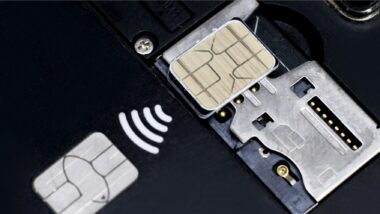Even though smartwatches have been around for nearly two years, it was the Apple Watch that really brought them to the attention of mainstream consumers. With the smartwatch race now fully up and running, we should expect them to make up a much larger share of the wearables market. Juniper Research foresees smartwatches reaching 100 million sales a year by 2019, but that may be a touch optimistic. In order to meet its massive potential, the smartwatch needs to improve in at least these four areas:
- Usefulness
As a great fan of technology, I really like innovation but, as a consumer, what really pushes me to buy a product? Usefulness. It seems that many people, myself included, are still to be convinced. It is true that the Apple Watch drew a lot of interest on launch day, but none of the other smartwatch manufacturers have been able to replicate this interest. The main reason, it seems to me, is the lack of features and also relevant use cases. Take eBay as an example: a buyer identifies an item they wish to buy, and places a bid with the intent of winning the auction and paying for it. Use cases like these are essential in giving you a practical reason to use a service or a product. For the smartwatch, use cases exist, but are they persuasive enough?
The smartwatch promises to make your life easier by showing notifications on your wrist, rather than you having to get your smartphone out of your pocket. But this does not seem to be enough for consumers. In my opinion, it is hard to justify spending $390 on an Apple Watch to have it act as companion device, having to carry both to get exactly the same functionality. It might be fun at first but could quickly become boring. Apple’s latest earnings suggest that people haven’t yet embraced the Apple Watch, even though the company itself is pleased with its performance.
- Design
My second biggest concern is style. Even if some brands are making an effort to enhance design, smartwatches still aren’t exactly flattering, and cannot compare to premium Swiss design. This is something that could be addressed soon though. Tag Heuer has revealed that they are releasing a smartwatch based on their popular Carrera model, so let’s hope other manufacturers follow suit!
- Connectivity
Today we estimate that less than 10% of smartwatches are connected via a mobile network as a stand-alone device. To be truly practical, a smartwatch needs 3G/4G connectivity, which could be a game-changer for an OEM.
Mobile network operators (MNOs) could then work with the device manufacturer to create a data bundle that includes all your devices under one plan, making it simple and affordable to add companion wearable devices. This would be seen as a strategic move to keep traction with customers, and increase the average revenue per user (ARPU). For some OEMs, cellular connectivity would be a feature to differentiate against Apple and Samsung, and also Android OS.
- Applications
Ultimately, the smartwatch currently lacks a killer app. While top athletes like Chris Froome, the 2015 Tour de France Winner, have a real interest in knowing their heartbeat while competing, is this useful for everyday people? Developers have to give consumers a reason not to put their smartwatch in a drawer, and should focus on apps that are indispensable on a daily basis.
There is still a lot of room for improvement, and if OEMs and MNOs figure out how to address these issues, then the smartwatch may have an incredible future.
What do you think? Is the smartwatch living up to the hype? Do you think major improvements are necessary for it to be a must-have? Let us know your thoughts by leaving a comment below or tweeting @Gemalto


